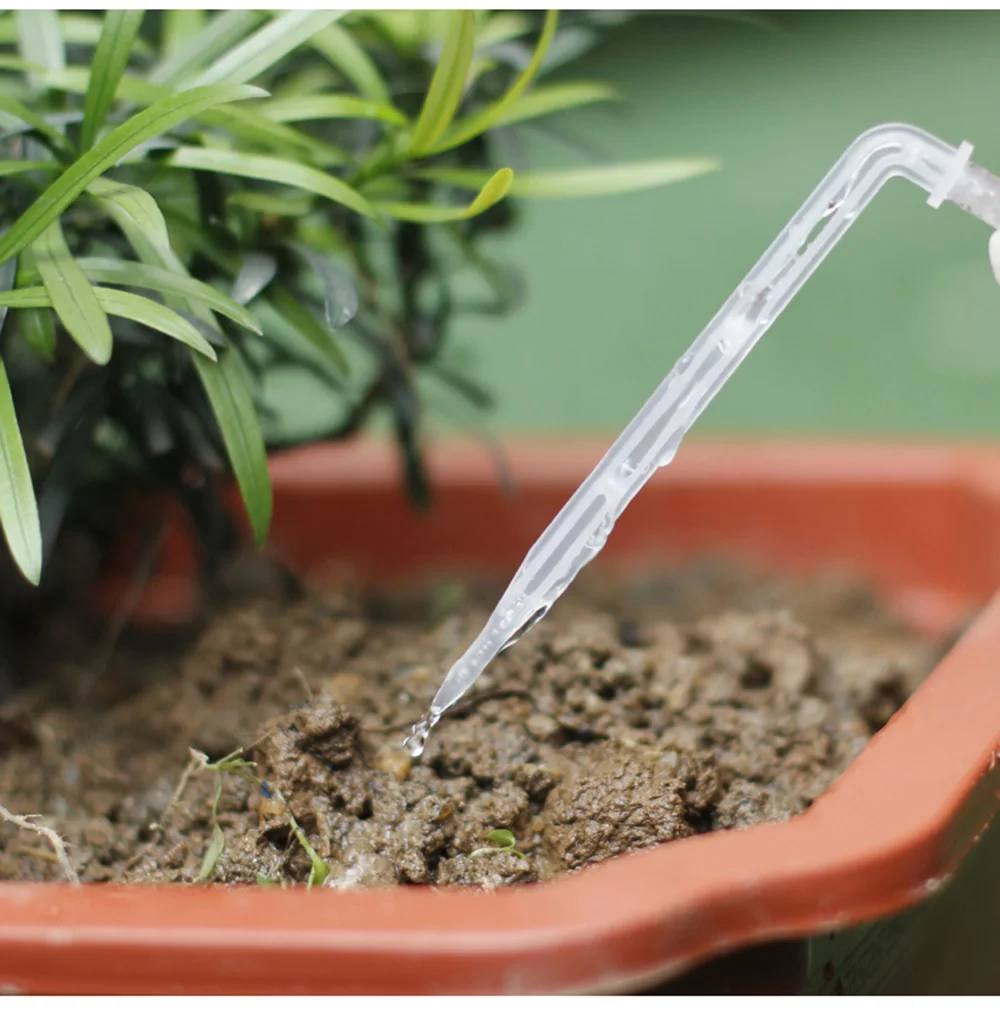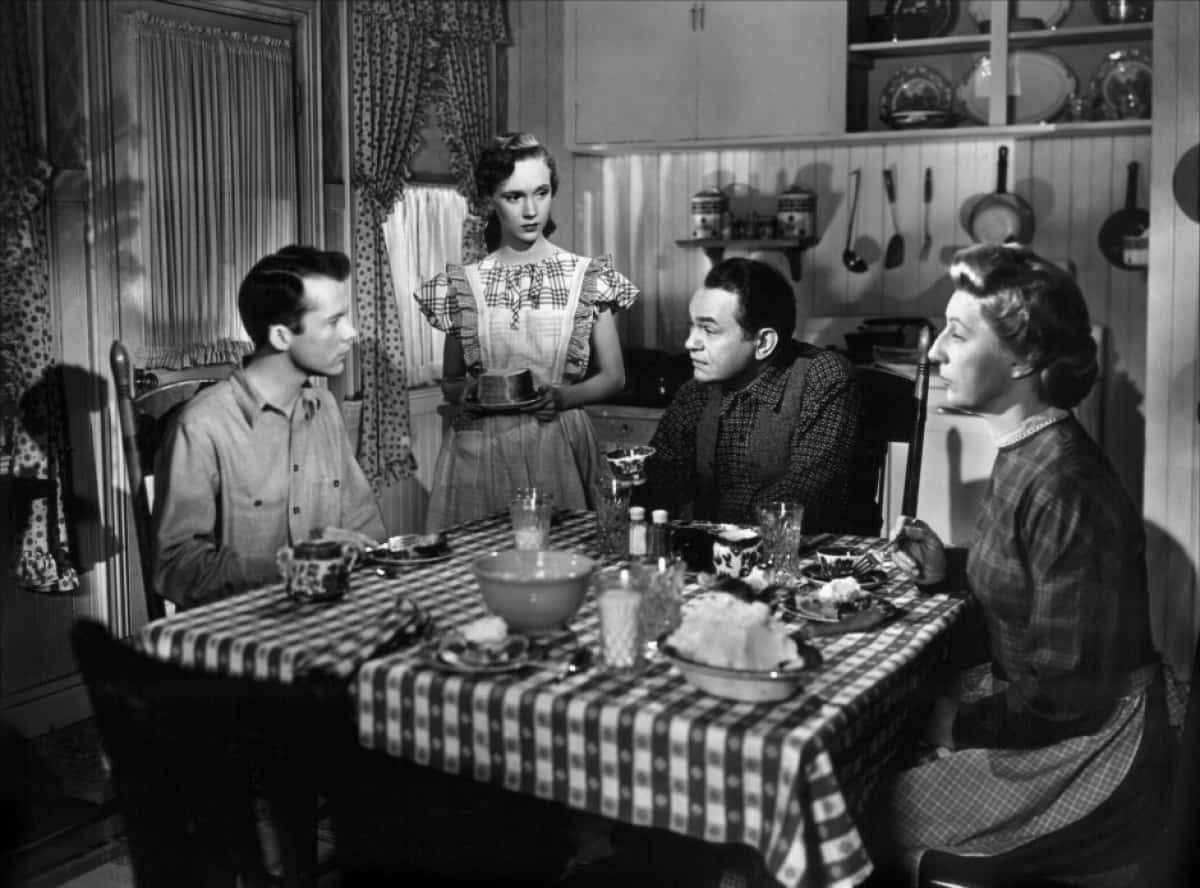Table of Content
Raised beds also require more frequent irrigation, as they tend to drain rapidly. Our research also took into consideration the various types of systems required for different gardens. Our top picks include solutions for hanging planters, raised beds, containers, and large garden plots. These top picks for best drip irrigation systems factor in all the considerations mentioned above.

When purchasing individual components and setting up a system for your garden, it is important to consider some facts before you order. You need to know the size of your garden, how many gallons your well or other water source puts out per hour, and the length of the header pipe you plan to run. The bigger the header pipe, the more volume you can deliver to an area. Most irrigation companies will help you decipher what size header pipe you need.
Drip Fittings
When you restart the system the next year, start off with all the valves closed, pressurize the system and look for leaks or cracks. Replace pieces as needed and you're off to another season of easy irrigation. This valve is pressed into the lateral line after using the punch tool. If you use a water softener on your home water system, be sure to install a hose spigot before the softener to use for a water connection. Water softeners substitute sodium-based salt for calcium and these salts are very toxic to plants. If you have had problems with your house plants and use a water softener, this same advice works for you.
Store this assembly by attaching it to a fence or the wall of a garage with the opened end at the lowest point. Leave all valves in the full open position in order to prevent any freeze cracking from any residual water in the system. Turn off lines or areas as they are harvested, clean the mesh filter regularly, and keep an eye out for serious leaks. If the flow is slow, don't mess with the drips as they usually get worse as you "play" with it to eliminate the problem and the leaks will often go away as the system runs.
Rain Bird Drip Expansion Kit
They can be somewhat complicated to install, depending what type you choose, but there's plenty of information available online. Ask a local lawn or garden professional if they install irrigation systems. Once the system is set up, all you need to do is turn the water on and off. Also known as micro-sprinklers, this is a device you can attach to your irrigation hose system. Micro-sprinklers are normally used by orchardists but are becoming increasingly popular with home gardeners. They're ideal if you have large trees on your property, and can also be used for flower beds, ground cover areas, hillsides and slopes.
If you make a connection using the insert-type fittings that is incorrect, be ready to replace that fitting rather than reuse it. Once the inserts are damaged, they usually leak regardless of how well you clamp them to the lateral line.
Designing your drip irrigation system
You also need to consider the capacity of the water source as you do not want to demand too much from your well or water source. Most drip tape uses approximately 5 gallons of water per hundred feet of tape per minute. You can do the math yourself based on most plants need for at least an inch of rain per week which works out to 620 gallons per 1,000 ft2. However, the short version of this is that you need to run the system for 8-9 hours per week in order to get that 1 inch of rainfall equivalent. Increase the time to hours as large fruited crops such as melons are filling fruit. If you are going to do your own math, be sure to allow for walkways, this reduces the amount of water needed by about 50%.

Replace your overhead sprinkler irrigation with low-volume, drip irrigation, and save a significant amount of water by improving irrigation efficiency and lowering water runoff. For even more savings, check with your city for drip irrigation rebate program eligibility. Retrofit Drip Emitters DIG’s single and multi-outlets drip emitters are designed to easily convert sprinkler risers into efficient, water saving drip irrigation systems. Replace your overhead sprinkler irrigation with low-volume, multi-outlet drip irrigation, and save a significant amount of water by improving irrigation efficiency and lowering water runoff.
Emitter Systems
These valves allow water to flow in one direction and shut off automatically when any backpressure occurs, or the pressure in the system behind it drops. If your drip irrigation system doesn’t come with a check valve, it’s important to purchase one and install it at the hose faucet. A potentially useful addition to your drip irrigation system, basin bubblers are small, low-pressure sprinkler-style nozzles staked into the ground and connected to the drip system’s main hose. They spray water in a 360-degree pattern, hitting all the plants around them. They’re extremely helpful in a cluster of flowers and plants as they reduce the need for individual nozzles. For those with a more laid-back approach to garden irrigation, in-line drip emitters are a fast and easy way to distribute H2O.

This device disperses water slowly and evenly over root zones, and is beneficial for shallow rooted shrubs like rhododendrons, azaleas, and hydrangeas. They can also be used to protect buds from an unexpected late frost in spring by gently misting the branches until temperatures rise above freezing. This is the most economical option, though it's not as long-lasting as other systems.
These simple design principles work well for small to medium gardens with an equivalent of up to six 4’x8’ beds. For larger gardens, you’ll need to run more than one supply line and consult your supplier to calculate whether the water pressure you have is sufficient. To pipe water to where it’s needed, half-inch supply tubing is ideal as it’s easily fixed to walls, cable-tied to other pipes or buried under pathways to avoid tripping over it. It’s important to identify any sharp bends as this could restrict water flow if the tube kinks. To prevent this, it’s usual to cut the tube and insert a 90 degree elbow at each corner you have to go round. T-junctions can be used for line that comes off the main supply and each length needs to be finished with an End.
DIG provides high quality, high uniformity and reliable drip emitters/drippers designed for residential and commercial landscape installations. Drip emitters are easy to install directly into the 1/2″ poly drip tubing or extended to the plants with 1/4″ micro tubing. DIG’s drip emitters incorporate four different operating characteristics that include pressure compensation, turbulent flow, vortex, and adjustable flow. DIG provides detailed information on each type of drip emitter, including product specifications, product features, how to install and installation videos.
1/8″ vinyl micro tubing is used with the Maverick™ 12-outlet drip manifold and our line of PC-CV single outlet drip emitters. Drip Zone Head Assembly Drip irrigation water connections start at the water source with what is called the ” drip zone head assembly”. The drip zone head assembly can be attached to a faucet or valve such as anti-siphon valve or inline valve and can be installed on many zones or sections. The drip zone head assembly consists of vital components that include a filter and a pressure regulator. Start your drip irrigation or micro sprinkler system by selecting individual components to create a customized drip zone head assembly, or use one of DIG’s completely drip zone head assembly. Complete, adaptable and expandable, our drip irrigation watering kits are easy to install and make even the newest gardener feel like a pro.
They’ll emit the same amount of water regardless of the pressure at their inlet . They provide consistent watering conditions and ensure that all plants along the system stay watered. The amount of pressure that flows through a drip irrigation system can fluctuate, depending on hose length and garden bed elevation, among other factors. This can cause emitters to flow differently than designed, with more or less water flow depending on pressure.
They regulate flow and help to prevent pressure leaks from developing in the hose line. The average drip irrigation kit runs anywhere between $15 and $480, according to HomeGuide. If you’re looking for a way to save money and use some stuff you already have, you can actually create drip irrigation with a garden house. With this more efficient watering system, there’s hardly any work involved at all. Since drip irrigation uses less water than other methods, you’re also saving money. If you want to save some money and make use of a few things you have lying around the house, try to create DIY drip irrigation with a garden house.


No comments:
Post a Comment